Specific numbers on the knobs and dials of the sight are crucial because they assist the shooter in determining how far and to what degree the target is. So what do the numbers on a scope mean?
The first two figures reveal the scope magnifying limit. Meanwhile, the last numbers show how big the objective lens is.
Today, we will look at the scope’s figures to help shooters enhance their rifle adjustment and long-range aiming. Let’s get started!
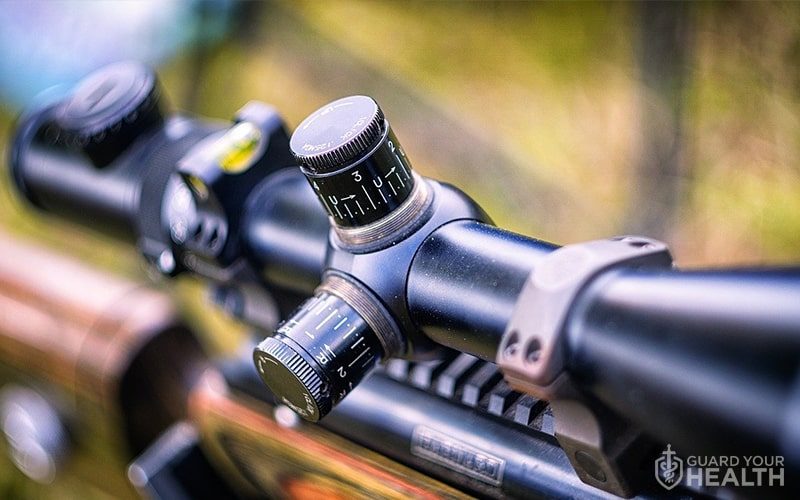
What Do The Numbers On A Scope Mean?
The digits on a scope may seem complicated at first. Yet, once you learn how they work, they are simple to read.
Assume you’re using a mid-range power scope with the number 3 – 9 x 40 mm printed on it.
This figure reveals three things:
- The “3” refers to the lowest scope magnification of the rifle.
- The “9” is the highest scope magnification.
- The “40 mm” is the size of the objective lens.
In this case, the scope magnification ranges from 3 to 9 times.
Magnification range
Some scopes, such as the 3 – 9, come with a magnification range of 3x. Some have four or more, as in a 4 -12.
The larger range you have, the more you’ll pay, but you’ll get a more flexible sight.
A 3 – 9 x 40 option will be the best for hunting and most purposes. The 3x power is excellent for tighter shots.
On the other hand, the 9x power is suitable for shooting elk or deer-sized animals at longer distances.
Objective lens
The central tubes of most scopes, particularly in America, have a one-inch diameter. It means that they employ one-inch rings.
Some scopes are thirty millimeters in diameter. Thirty-millimeter rings will work on such scopes.
Lenses with a larger diameter are typically superior to those with a smaller size. More light enters the rifle view through a bigger objective lens, making it easier to aim.
The large diameter will result in a significantly clearer and sharper image. This feature is critical when shooting in low-light conditions like cloudy weather or dark.
The lenses on scopes are usually smaller than those on binoculars. Binoculars allow you to aim as far as they possibly can, but rifle scopes can only let you view as far as the weapon’s firing range.
If the rifle can only fire at a range of 600 yards, developing scopes with larger lenses is worthless.
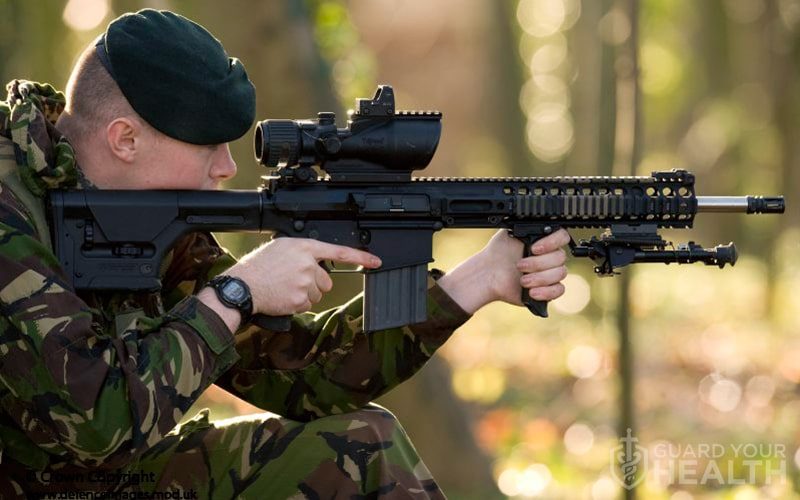
Other Essential Numbers On The Scope
Besides the lens diameter and magnification, the scope includes other essential numbers. You can adjust them to increase the rifle targeting accuracy.
Tube diameter
The diameter of the tube assists shooters in selecting rings for fixing the sight on the gun. You can’t find this figure on the weapon but in the manual or box.
The standard diameter for tubes is 30 mm. Light may pass via these tubes across a greater area.
On scopes, the 30-mm tubes are helpful for a broader range of height adjustment and sharper accuracy. They’re also usually more costly.

Field of view
The typical field of view (FOV) is approximately 210 degrees horizontally in front of the human eye. The FOV reduces as you aim at an object to define its attributes.
Scopes work similarly. The FOV decreases as you aim it out on a distant object.
Most scopes include a FOV parameter with various ranges so that you may compare them. A broader visual field is achievable with larger lenses than with smaller ones.
For obtaining targets in a broad area or tracking moving objects, a larger FOV is ideal. As a result, hunters choose scopes with a greater FOV.
You may also use binoculars. They offer a far larger FOV than a rifle scope.
At different magnifications, these scopes feature a wider FOV, which narrows as users zoom in.
This function allows you to detect objects from afar before focusing your rifle on them to shoot.
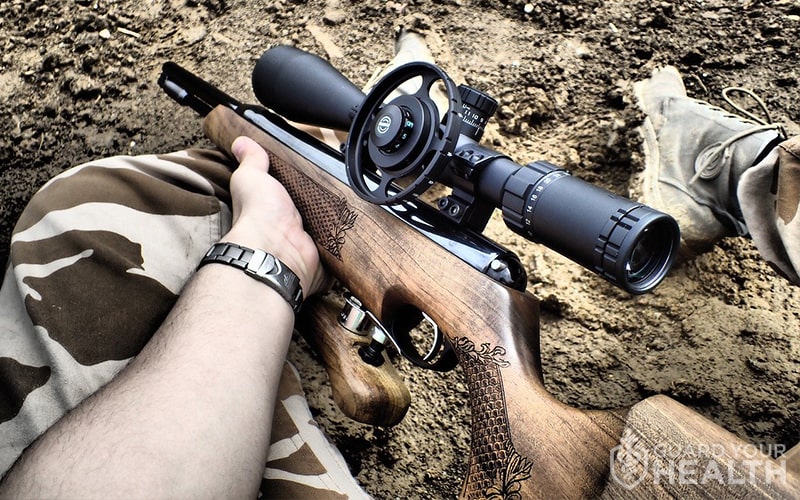
MOA
When aiming at long distances, the MOA (minute of angle) can help you calculate the average point of contact of a bullet. It affects how much the bullet departs over a set distance.
Assume you fire five bullets into a 100-yard objective and each one landing inside a one-inch ring you’ve marked on the goal. You might say your gun has a 1 MOA accuracy.
Your weapon is still at 1 MOA if you were firing at a 200-yard distance and bullets impacted inside a 2-inch radius.
At a range of 500 yards, shooting a 10-inch group requires 2 MOA.
MRAD
The Milliradian, or MRAD, is a unit of measurement that indicates the angle at which bullets must fly to reach a target.
Bullets move in an arc instead of a straight path when fired over a long distance. The larger the circular arc they cross before hitting the goal, the further they travel.
MRAD is the unit of measurement for the bullets’ circular arc. You can estimate 1 MOA at 100 yards as approximately a 3.6 inch without doing any complex calculations.
Eye relief
The eye relief specifies how far your eyes must be from the lens to see the whole field of view.
A higher-powered scope may require you to move closer to the lens, but a lower-powered tool will have a more extended eye relief range.
Final Words
We went through some significant figures and measurements on the rifle’s scope. Shooters can improve their targeting and accuracy by better grasping these numbers.
Hopefully, you will find the information above helpful. If you have any questions, please leave a comment. We will reply as soon as possible.
Thank you for taking the time to read this article.
Last Updated on October 28, 2023 by


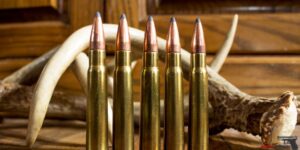

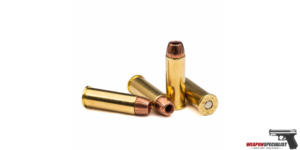
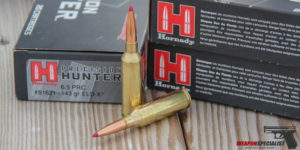

What does 10×40 mean on a scope?
In the context of a scope, the term “10×40” typically refers to the magnification power and objective lens diameter of the scope. Let’s break it down:
Magnification power: The “10x” part indicates that the scope provides a magnification of 10 times. This means that when you look through the scope, the image will appear 10 times closer than it would to the naked eye. This magnification allows for a more detailed view of distant objects.
Objective lens diameter: The “40” part represents the diameter of the objective lens of the scope, usually measured in millimeters. The objective lens is the larger lens at the front of the scope that gathers light and forms the initial image. In this case, it has a diameter of 40mm.
Together, “10×40” signifies that the scope has a 10x magnification and an objective lens with a diameter of 40mm. This combination determines the field of view, light gathering capability, and overall optical performance of the scope.